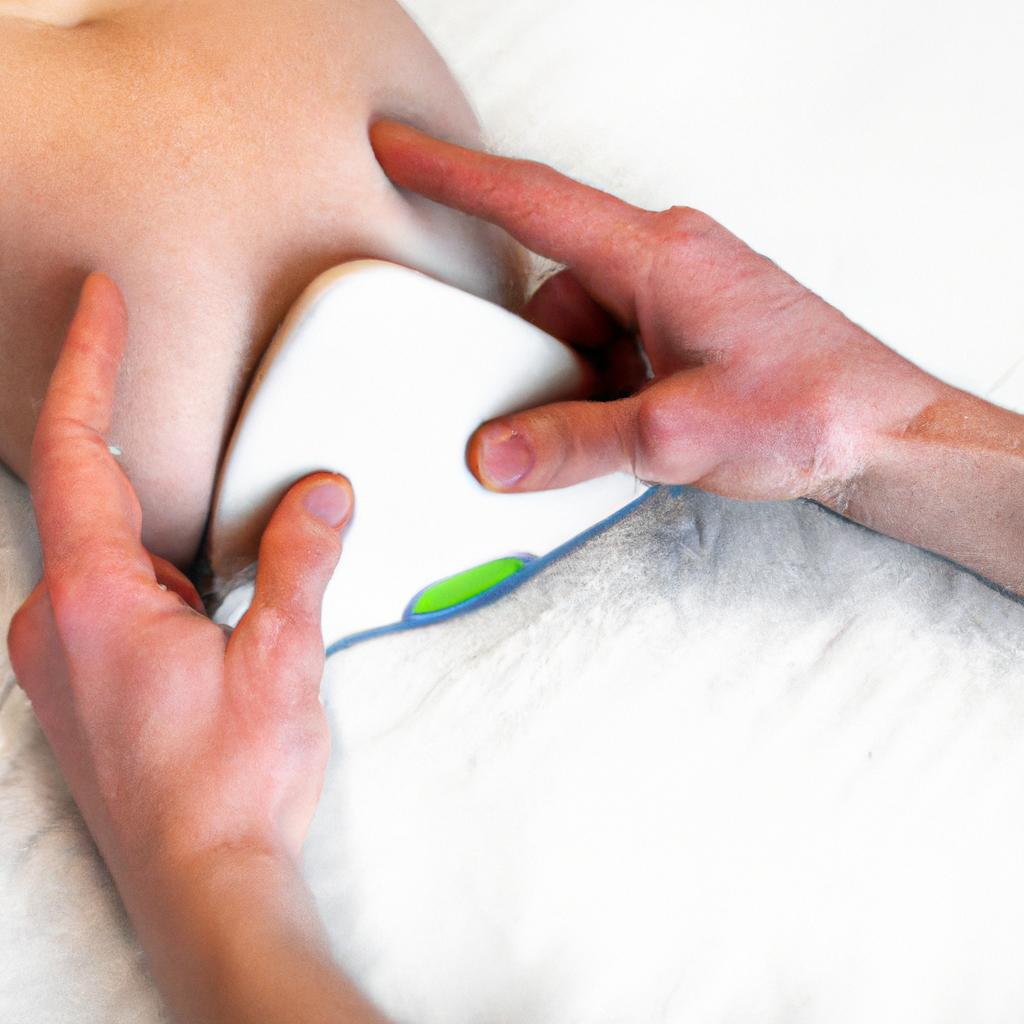**”The Impact of Trigger Point Therapy on Stress Reduction: Exploring the Connection Between Muscle Tension Relief and Emotional Well-Being”**
The Impact of Trigger Point Therapy on Stress Reduction: Exploring the Connection Between Muscle Tension Relief and Emotional Well-Being
In today’s fast-paced world, stress has become a common companion for many individuals. As we juggle work, family, and social obligations, the physical manifestations of stress often take a toll on our bodies. One effective approach to combating stress is trigger point therapy, a technique that focuses on relieving muscle tension and, consequently, enhancing emotional well-being. In this blog post, we will explore the connection between muscle tension relief through trigger point therapy and improved emotional health, while also providing nutrition tips, exercise advice, and health benefits associated with this therapeutic approach.
Understanding Trigger Points
What are Trigger Points?
Trigger points are hyperirritable spots within tight bands of skeletal muscle. They can be the source of pain and discomfort, often radiating to other areas of the body. Trigger points may develop due to various factors, including poor posture, physical overexertion, or emotional stress. As a result, addressing these points through targeted techniques can offer significant relief.
The Role of Muscle Tension in Stress
Muscle tension and stress are intertwined; when we experience emotional strain, our bodies often respond with increased muscle tightness. Moreover, chronic muscle tension can lead to persistent pain, creating a vicious cycle that exacerbates stress levels. Therefore, relieving muscle tension through trigger point therapy not only improves physical comfort but also plays a crucial role in reducing emotional distress.
The Mechanism of Trigger Point Therapy
How Does Trigger Point Therapy Work?
Trigger point therapy involves applying pressure to specific areas of tight muscle to release tension. The process typically includes various techniques such as deep tissue massage, stretching, and myofascial release. Consequently, the therapy promotes blood flow to the affected areas, facilitating the removal of metabolic waste and the delivery of oxygen and nutrients essential for muscle recovery.
Emotional Release Through Physical Therapy
Interestingly, many individuals report experiencing emotional release during or after trigger point therapy sessions. This phenomenon occurs due to the strong connection between physical and emotional states. As muscle tension dissipates, feelings of anxiety and stress may also lessen, highlighting the mind-body connection inherent in physical therapy practices.
Nutrition Tips for Stress Management
Foods that Help Reduce Muscle Tension
In addition to trigger point therapy, nutrition plays a vital role in managing stress and muscle tension. Consuming anti-inflammatory foods, such as leafy greens, fatty fish, and nuts, can help reduce muscle stiffness. Moreover, magnesium-rich foods like bananas and avocados can assist in muscle relaxation, further aiding in stress reduction.
Staying Hydrated
Hydration is another crucial factor in muscle health. Dehydration can lead to muscle cramps and increased tension. Therefore, it is essential to drink plenty of water throughout the day. Moreover, herbal teas, such as chamomile or peppermint, can provide calming effects that promote relaxation.
Exercise Advice for Stress Relief
Incorporating Movement into Your Routine
Exercise is a powerful tool for managing stress and muscle tension. Engaging in regular physical activity releases endorphins, which are natural mood elevators. Consequently, incorporating activities such as yoga, tai chi, or even brisk walking can enhance the benefits of trigger point therapy.
Stretching and Flexibility
In addition to cardiovascular exercises, focusing on stretching and flexibility can significantly alleviate muscle tension. Gentle stretching routines can help release tightness in specific areas, making trigger point therapy more effective. However, it is essential to listen to your body and avoid overexertion, as this can lead to further tension.
Health Benefits of Trigger Point Therapy
Physical Benefits
The physical benefits of trigger point therapy extend beyond muscle tension relief. Regular sessions can improve circulation, enhance flexibility, and promote better posture. Consequently, these improvements can lead to a reduction in chronic pain, enabling individuals to engage more fully in their daily lives.
Emotional and Psychological Benefits
On the psychological front, trigger point therapy has the potential to reduce anxiety and improve overall emotional well-being. As muscle tension decreases, individuals often report feeling more relaxed and centered. Furthermore, the therapy encourages mindfulness, as clients must focus on their bodily sensations during sessions. This mindfulness can translate into improved resilience against stressors in daily life.
Conclusion
In conclusion, the impact of trigger point therapy on stress reduction is profound. By addressing muscle tension, this therapeutic approach not only alleviates physical discomfort but also fosters emotional well-being. Incorporating nutrition tips and exercise advice into your routine can further enhance the benefits of trigger point therapy. Ultimately, by understanding and addressing the connection between muscle tension and stress, individuals can take significant strides towards a healthier, more balanced life. Therefore, consider exploring trigger point therapy as a valuable tool in your stress management arsenal and experience the transformative effects it can have on both your body and mind.
FAQ
What are trigger points and how do they relate to stress?
Trigger points are hyperirritable spots within tight bands of skeletal muscle that can cause pain and discomfort, often radiating to other areas of the body. They may develop due to factors like poor posture, physical overexertion, or emotional stress. Addressing these trigger points through techniques such as trigger point therapy not only alleviates physical pain but also helps reduce emotional distress, as muscle tension and stress are closely intertwined.
How does trigger point therapy promote emotional well-being?
Trigger point therapy works by applying pressure to specific areas of tight muscle to release tension, which promotes blood flow and facilitates muscle recovery. Many individuals experience emotional release during or after therapy sessions, as the reduction of muscle tension can lessen feelings of anxiety and stress. This highlights the strong connection between physical and emotional states, making trigger point therapy an effective method for enhancing emotional well-being.
What additional strategies can support the benefits of trigger point therapy?
In addition to trigger point therapy, incorporating nutrition and exercise into your routine can further enhance its benefits. Consuming anti-inflammatory foods and staying hydrated can help reduce muscle tension, while regular physical activity, such as yoga or brisk walking, releases endorphins that elevate mood. Stretching and flexibility exercises also alleviate tightness, making trigger point therapy more effective















Post Comment